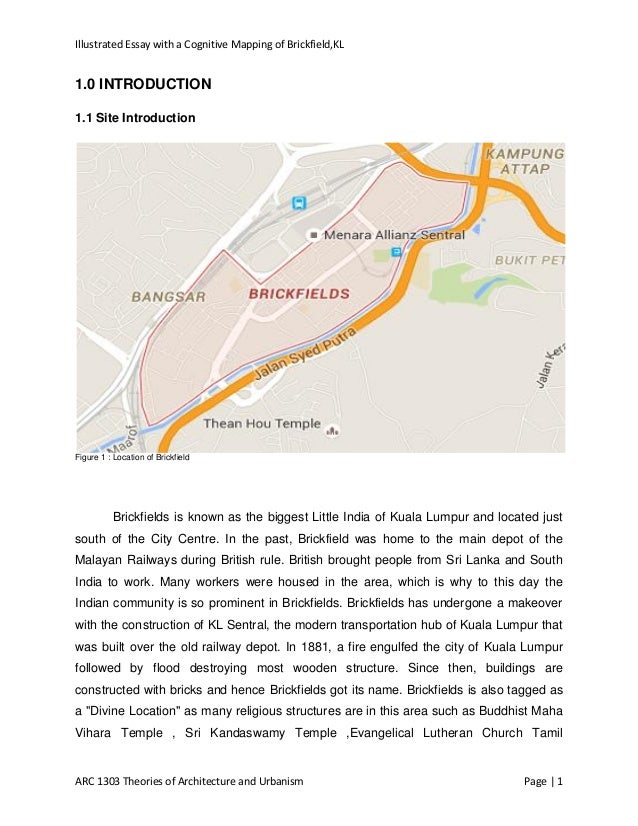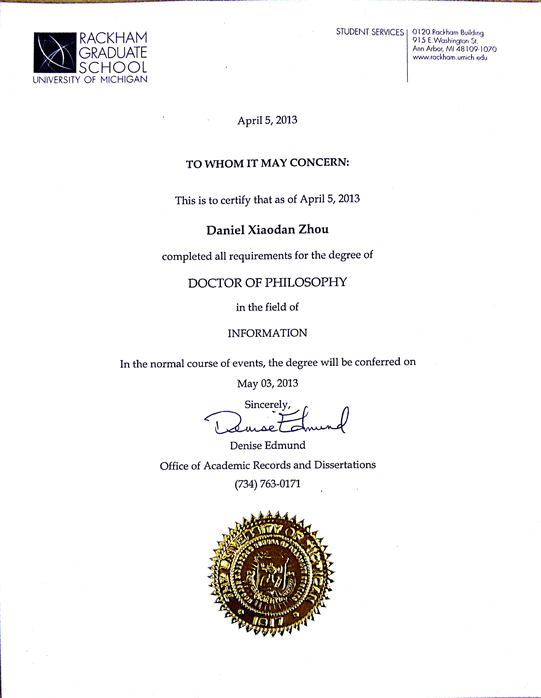How to Find Molecular Formula From Empirical Formula.
The empirical formula of a compound is the simplest whole number ratio of atoms of each element in the compound. It is determined using data from experiments and therefore empirical. For example.You can find the empirical formula of a compound using percent composition data. If you know the total molar mass of the compound, the molecular formula usually can be determined as well. The easiest way to find the formula is: Assume you have 100 g of the substance (makes the math easier because everything is a straight percent).The empirical formula for a chemical compound is an expression of the relative abundances of the elements that form it. It isn't the same as the molecular formula, which tells you the actual number of atoms of each element present in a molecule of the compound. Different compounds with very different properties may have the same empirical formula.
Empirical Formula: The simplest ratio of the atoms present in a molecule. Problem: Find the empirical formula of a compound that is 48.38% carbon, 8.12% hydrogen, and 53.5% oxygen by mass. Strategy: As with most stoichiometry problems, it is necessary to work in moles.Empirical Formula A molecular formula displays the number of all the atoms present in the molecular compound individually; this shows the actual numbers of atoms. But the empirical formula displays.

The simplest chemical representation that denotes the ratio of elemental atoms of a compound in the form of positive integers is called empirical formula. So how does one go about finding the empirical formula? This ScienceStruck article will provide you with some easy steps for calculating this ratio, along with a few examples and practice problems.












